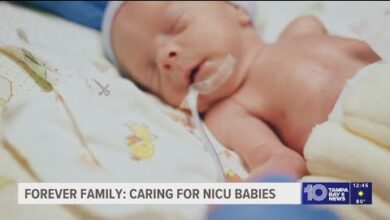Children in deprived areas more likely to need hospital tooth extraction

Children living in areas with high levels of deprivation are three times more likely than those in more affluent areas to have tooth decay that requires dental extraction in hospital, warn researchers.
The findings, by researchers at Queen Mary University of London and published in the journal BMJ Public Health, highlight an urgent need for equitable access to preventive dentistry.
“Sadly, our findings demonstrate wide socioeconomic and ethnic inequalities”
Vanessa Muirhead
In their study, researchers analysed GP and hospital records for 600,000 children between the ages of five and 16 living in North East London.
During the five-year study period, one in 200 children had at least one tooth removed under a general anaesthetic in a hospital setting. Most of those children had multiple teeth extracted.
The study findings demonstrate major socioeconomic and ethnic inequalities in severe tooth decay in children, according to the researchers behind the study, funded by a grant from the Barts Charity.
They said these inequalities were preventable through access to NHS dentists, and policies such as toothbrushing in schools and control of sugar in food and drinks.
Children in areas with the highest proportion of low-income households were three times more likely to need tooth extraction, compared to those with the lowest proportion of low-income households.
In addition, the study revealed that children from some ethnic groups were more likely to need a dental extraction, compared with children from White British ethnic groups.
For example, White Irish children were twice as likely to need extraction, Bangladeshi children were 1.5 times more likely and Pakistani were 1.4 times more likely.
It is the first study to analyse inequalities in children’s tooth extractions under general anaesthesia by ethnic group in such detail, said the authors.
The researchers also examined the data by North East London borough, comparing rates of children’s dental extractions with access to NHS general dental practitioners.
They found the highest risk of hospital dental extraction was for children in Tower Hamlets, which also has the lowest general dental practitioner attendance in North East London.
Conversely, children living in Redbridge, Havering, and Barking and Dagenham had the lowest risk of hospital dental extraction.
These areas had the highest proportion of five-year-olds accessing general dental practitioner services, according to the researchers.
Vanessa Muirhead, study co-author and reader and honorary consultant in dental public health at Queen Mary, said: “Sadly, our findings demonstrate wide socioeconomic and ethnic inequalities.
“Tooth extraction is a last resort, but when families have difficulty accessing timely preventive and treatment services, dental problems can progress until children need more serious and costly interventions such as multiple tooth extractions under general anaesthesia.”
Nicola Firman, lead study author and health data scientist at Queen Mary, said: “Linking health data from different settings has allowed us to see inequalities in the dental care system more clearly.
“Our findings point to an urgent need for equitable access to preventive general dental services, and interventions that are targeted at the wider determinants of dental health,” she added.
Victoria King, director of funding and impact at Barts Charity, said: “Supporting research to understand these health inequalities is key to making better healthcare possible for our diverse East London population.”







